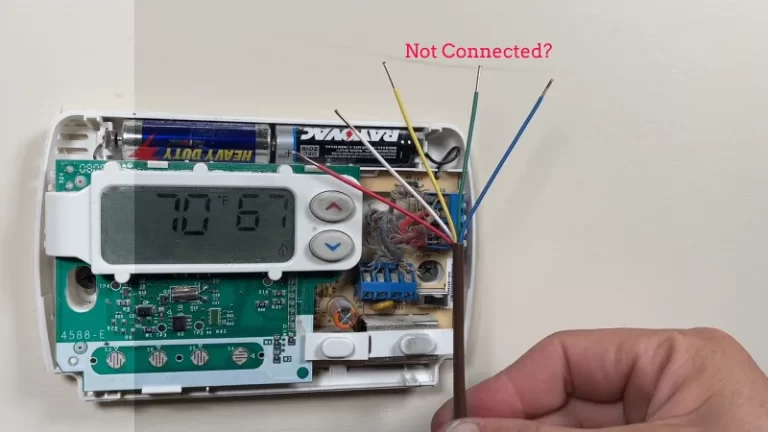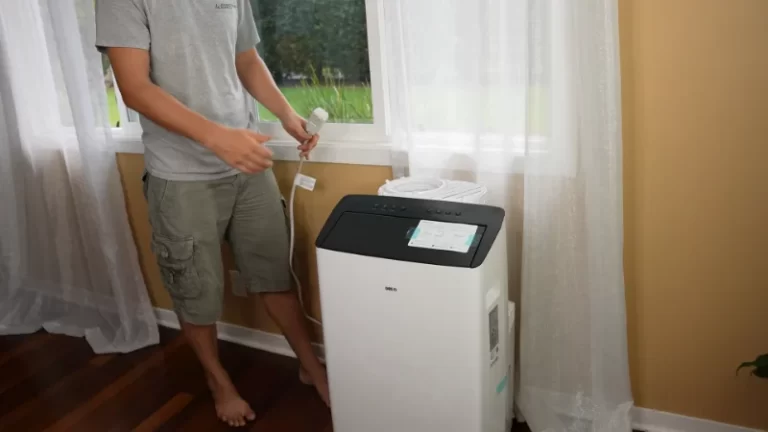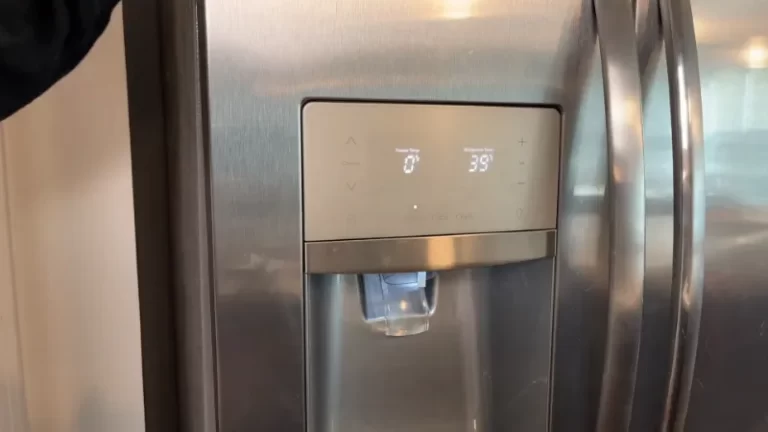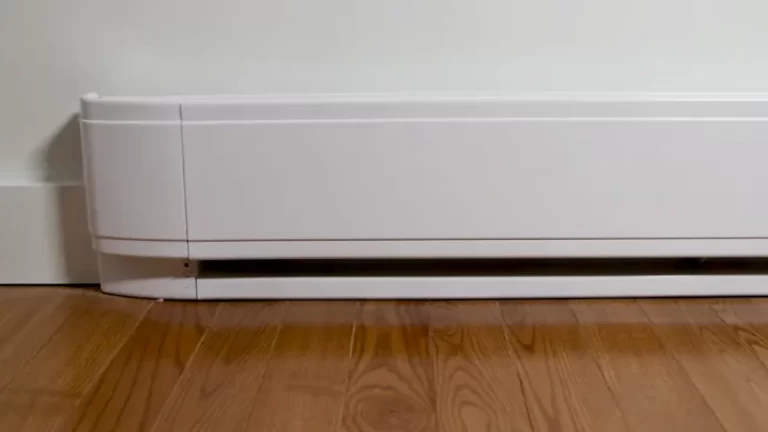Should I Buy a House with Base-Board Heating? Your Wallet Wants to Know
You’ve found a house you love. It has the right number of bedrooms, a great yard, and the perfect location. But then you spot them: the long, low-profile heaters running along the walls. Suddenly, a crucial question arises: should I buy a house with baseboard heating? This is a common dilemma for homebuyers, often sparking concerns about high energy bills and uneven heating. Don’t let this feature derail your dream home just yet. Understanding what you’re dealing with is the first step toward making an informed decision.
The core problem isn’t just the presence of baseboard heaters, but the uncertainty they represent. Are they efficient? Are they expensive to run? Will they adequately heat the home during the coldest months? These questions can feel overwhelming. This article will demystify baseboard heating, exploring the different types, their inherent pros and cons, and providing actionable solutions to ensure your potential new home is both comfortable and affordable to live in.
You'll Learn About
Understanding the Two Faces of Baseboard Heating
Before making any judgments, it’s essential to know that not all baseboard heaters are created equal. They primarily come in two varieties: electric and hydronic. Identifying which type is in the house is critical, as they operate very differently and have distinct implications for your energy consumption and comfort.
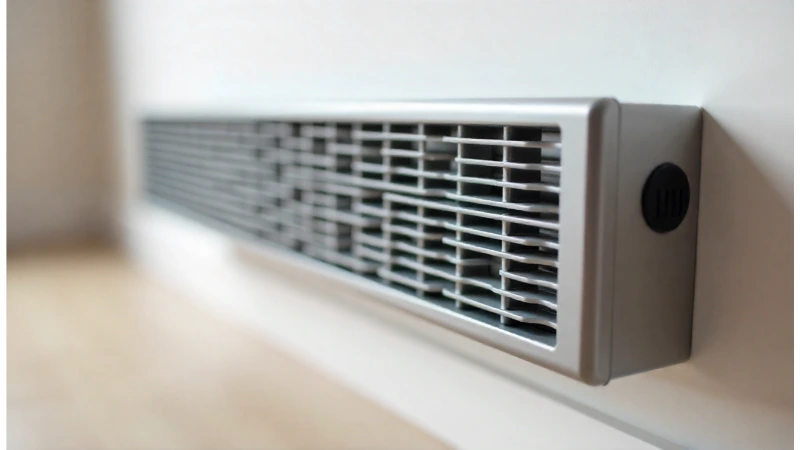
Electric Baseboard Heaters: The Common Culprit
Electric baseboard heaters are the more common type and often the source of concern for potential buyers. They work by simple electric resistance; electricity flows through a heating element, which heats up metal fins. Air is then warmed through convection as it naturally circulates over these fins. While they are inexpensive to install, they can be notoriously costly to operate, especially in regions with cold winters and high electricity rates.
Hydronic (Hot Water) Baseboard Heaters: The Efficient Cousin
Hydronic systems also use baseboard units, but instead of electric coils, they circulate hot water or oil heated by a central boiler. This boiler can be powered by gas, oil, or electricity. Hydronic baseboard heat is generally more energy-efficient and provides a more consistent, comfortable heat than its electric counterpart. The heated fluid retains warmth longer, meaning the system doesn’t have to cycle on and off as frequently.
The Problem Explored: Why the Bad Rap?
The negative stigma surrounding baseboard heating often stems from the high operating costs associated with older, inefficient electric models. In colder climates, relying solely on electric baseboard heat can lead to shockingly high utility bills, sometimes making homeowners feel like they’re burning money to stay warm. Furthermore, because these systems often lack ductwork, adding central air conditioning can be a complicated and expensive endeavor.
Key Pain Points for Homeowners
- High Energy Costs: Electric baseboard heaters are 100% efficient in converting electricity to heat, but electricity is often a more expensive energy source than natural gas. This can lead to significant monthly expenses.
- Uneven Heating: Baseboard heaters rely on convection, which can be a slow process. This can result in cold spots in a room, especially if furniture or curtains block airflow.
- Lack of Air Conditioning: A house with baseboard heat typically lacks the ductwork necessary for a central AC system. This means cooling options are often limited to less efficient window units.
- Furniture Placement: Heaters require clearance to work effectively and safely, which can restrict how you arrange furniture in a room.
- Dry Air: Electric heat, in particular, can produce very dry air, which may be uncomfortable for some individuals and can lead to issues like dry skin or throats.
Actionable Solutions: Making Baseboard Heating Work for You
Finding a house with baseboard heat doesn’t have to be a deal-breaker. With the right strategies and upgrades, you can mitigate the downsides and create a comfortable, energy-efficient home. Here are detailed, actionable steps you can take.
1. Optimize and Upgrade Your Existing System
Before considering a complete overhaul, focus on making the current system as efficient as possible. Simple improvements can make a world of difference in both comfort and cost.
Install Smart Thermostats: One of the most effective upgrades is replacing old, manual thermostats with programmable or smart thermostats. This allows you to create heating zones and schedule temperature changes, ensuring you’re only paying to heat rooms when you’re using them. This simple change can significantly reduce energy consumption.
Ensure Proper Airflow: Convection heating relies on unimpeded air circulation. Regularly clean the heater fins to remove dust and debris. Make sure furniture, rugs, and curtains are not blocking the units, allowing cool air to flow in from the bottom and warm air to rise out the top.
Address Maintenance Issues: If you have a hydronic system, it may need occasional maintenance. Sometimes, air can get trapped in the pipes, leading to gurgling sounds and inefficient heating. If you suspect an issue like baseboard heat not working upstairs, it could be due to trapped air that needs to be released. Learning how to replace a baseboard bleeder valve can be a useful DIY skill for maintaining these systems.
2. Boost Your Home’s Overall Energy Efficiency
The heating system is only one part of the equation. A well-insulated and sealed home will require less energy to heat, regardless of the system type.
Conduct an Energy Audit: Hire a professional to perform a home energy audit. They can identify key areas of heat loss using tools like blower doors and infrared cameras. This will give you a clear roadmap for improvements.
Seal Air Leaks: Focus on sealing drafts around windows, doors, electrical outlets, and where pipes enter the house. Use caulk and weatherstripping to close these gaps and prevent warm air from escaping.
Improve Insulation: Ensure your attic, walls, and crawl spaces are adequately insulated. This is one of the most cost-effective ways to reduce your heating and cooling costs over the long term.
3. Explore System Conversion or Supplementation
If the operating costs are still a concern after optimizing, it might be time to consider larger-scale changes. While more expensive upfront, these can provide significant long-term savings and comfort.
Install a Ductless Mini-Split Heat Pump: This is an excellent option for homes without ductwork. Mini-splits are highly efficient systems that provide both heating and cooling. They consist of an outdoor compressor unit connected to one or more indoor air-handling units. They offer zoned temperature control and can drastically reduce your reliance on electric baseboard heaters.
Consider a Full HVAC Conversion: If you’re planning a major renovation, it might be the right time to install a traditional ducted system. While this is the most expensive option, it provides the benefit of central heating and air conditioning. It’s a significant investment that can also increase your home’s resale value.
When considering new systems, it’s also a good idea to understand their maintenance needs, such as knowing how long air conditioner freon lasts, to budget for future upkeep.
Comparing Heating System Costs and Features
To help put things in perspective, here is a comparison of different heating systems you might find or consider installing in a home.
| Heating System | Upfront Installation Cost (Avg.) | Annual Operating Cost (Avg.) | Pros | Cons |
|---|---|---|---|---|
| Electric Baseboard | $400 – $1,500 | $900 – $2,500 | Low installation cost; Quiet operation; Zoned heating. | High operating cost; Slow to heat; Dry air; No cooling. |
| Hydronic Baseboard (Gas Boiler) | $5,000 – $10,000 | $600 – $1,200 | Consistent, comfortable heat; Energy-efficient. | High installation cost; Slower response time; No cooling. |
| Forced Air Furnace (Gas) | $3,500 – $7,500 | $500 – $1,000 | Fast heating; Can integrate central AC; Air filtration. | Requires ductwork; Can be noisy; Can circulate dust. |
| Ductless Mini-Split Heat Pump | $3,000 – $8,000 (per zone) | $400 – $1,500 | Highly efficient heating and cooling; No ducts needed; Zoned control. | Higher initial cost; Indoor units are visible on walls. |
The Final Verdict: A Smart Purchase or a Costly Mistake?
So, should you buy a house with baseboard heating? The answer isn’t a simple yes or no. It depends on several factors: the type of baseboard heat (electric vs. hydronic), your local climate, utility costs, and your willingness to invest in energy-efficiency upgrades. An all-electric system in a cold climate could be a financial burden without significant improvements.
However, if the house has a more efficient hydronic system, or if you’re prepared to implement solutions like adding insulation and installing a ductless heat pump, then a home with baseboard heat can absolutely be a smart purchase. Do not let the presence of baseboard heaters alone deter you.
Instead, view it as a known factor that you can plan for and manage. By requesting past utility bills, getting a thorough home inspection, and budgeting for potential upgrades, you can turn a potential problem into a comfortable and well-heated home.

